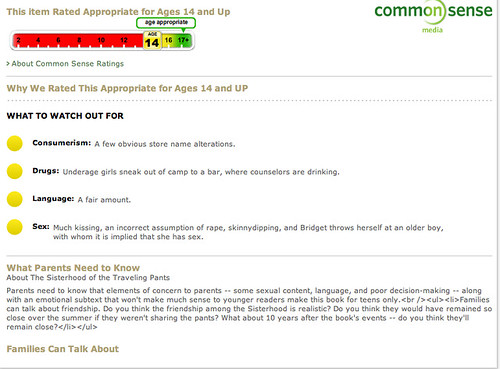
Here a step, there a step, everywhere a step step. You may have noticed that today, steps matter.
So, how many steps have you taken today:
If you haven't caught on, the latest data tells us adults need at least 10,000 steps a day to remain healthy and steps they are a taking. From walking the stairs, to parking further away to taking a few laps around the block while reading the latest research paper.
Pedometers are on the rise and considering that they're built into many of the mobile devices teachers and students own and love, it's no surprise that this healthy and affordable trend has taken off.
So, how are our students doing?
Ummm...
Uh...
Well, no one cares about our child obesity. Life/death-Peh! We measure student achievement not by how healthy young people are, but on how well they've mastered the finger exercise of drill, kill and bubblefill on standardized tests.
Interestingly, if we allowed children to
get up and move as nature intended we'd find that activity, movement and play is not only crucial for boosting brain power, it also is a great way to alleviate ADD/ADHD symptoms.
Parents, teachers, and young people would agree that health and movement is important. Let's refocus priorities from memorization and regurgitation to ensuring our students reach their optimal daily movement of
about 12,000 steps a day for young people. Let's restore a move to the
endangered practice of free time or recess and let our children get out and do, run, play.
Let's close down schools who keep our students sedentary and don't respect their personal fitness.
If you are an educator who is concerned about the health of yourself, your colleagues, and your students, start a knowledge movement. Track steps. Chart steps. Take a step in the right direction so that adults and young people can beat this obesity epidemic and move toward the road to a healthy life.
______________________________
You can find even more ideas for using mobile devices in the classroom by reading Teaching Generation Text: Using Cell Phones to Enhance Learning.
You have read this article Cell phones in Education /
fitness /
physed /
play
with the title October 2012. You can bookmark this page URL http://benncam.blogspot.com/2012/10/mobile-devices-can-help-us-take.html. Thanks!














